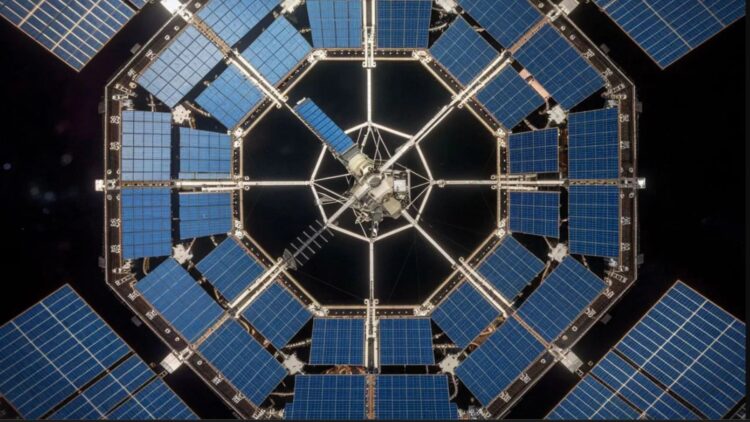The line between reality and science fiction seems to be rather blur as never seen before space projects are being brought to the fore. Although the Three Gorges Dam was one of the most audacious projects yet, this newer project by China is said to be one of the most significant projects in human history even rivaling the Three Gorges Dam project in terms of size and significance. Could China’s Manhattan-sized spacecraft collect so much solar energy that the stream of clean energy offered to Earth would be endless?
Unimaginable power beyond the clouds and in space
China’s current project seems out of this world, and literally so, since the idea entails assembling a solar array in space that will be a kilometer wide. China is looking at solar panels that will form somewhat of a city up in space that will be as large as the city of Manhattan. A floating city of panels suspended in Earth’s orbit is exciting since these panels will continuously be facing the Sun. The whole point is for the solar panels to be in geostationary orbit and that too about 36,000 km (22,370 miles) above the equator. Being in a fixed position above Earth, an endless stream of power will be beamed down back to Earth.
This is one solar array that will be more or less ten times more efficient than other traditional solar farms. In terms of scale, this is imagined to be one of the projects capable of generating power that is equivalent to the annual global oil production, whilst not reducing the carbon footprint in any way. The impressive aspect of this solar city is that it won’t face any downtime related to weather or nighttime.
The process of getting the solar into orbit
The idea is to make use of a Long March-9 that is in development in order to transport 150 tons per launch. Over a dozen launches will be sent into orbit once China starts operations more or less in 2030. Once in orbit, sunlight will be converted into microwave energy that will be beamed down to Earth and will effectively convert the energy into electricity that can be utilized.
Experiments by NASA, the UK, and Japan have shown success in terms of beaming energy in this way, however, over smaller distances. Nevertheless hurdles remain. One of the biggest challenges is that moisture existing in the Earth’s atmosphere could possible absorb the microwaves. A further challenge is designing the system in a way that it does not pose any harm to people, infrastructure, or even animals in the process. For the success of this project, exact orbital mechanics and autonomous robotics are required.
Racing to reap the benefit of the sun from space
China is planning a rather ambitious mission to swallow as much power from the sun as possible, but they are not alone. Lockheed Martin and Northrop Grumman in the U.S. are seeking to do something similar whilst both Japan and Europe are interested in their own satelite prototypes.
China’s solar mission is different to that of other countries as the scale is rather large. So far, only the Three Gorges Dam project which generates about 100 billion killowatt-hours annually is said to be on the same scale as China’s latest space initiative. In fact, this solar project seeks to exceed the power generated by even the Three Gorges Dam project and other projects by China that are not the Three Gorges Dam Project.
The future is a city-sized powerstation with reflective mirrors
The future of solar is said to be an orbital structure similar in size to Manhattan and containing reflective mirrors and solar collectors. Floating 36,000 kilometers about the Earth, this solar project will turn solar power into microwave beams and signifies a cleaner energy future. The project will offer uninterupted energy throughout the day and night. America has its own Three Gorges Dam and China has its own share of space.


